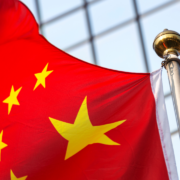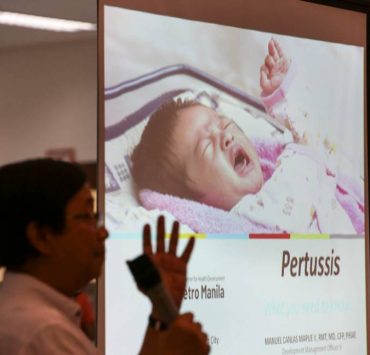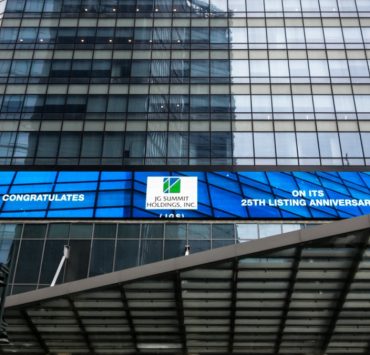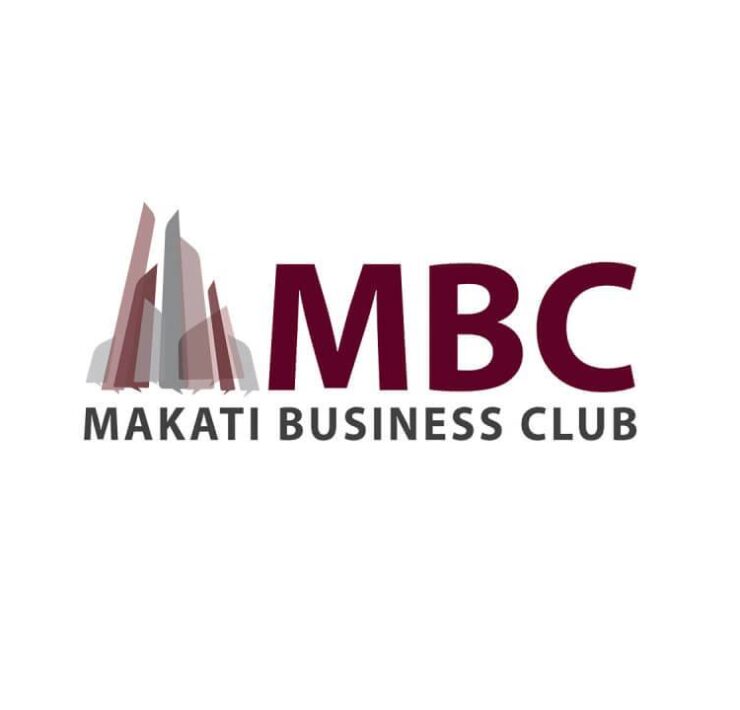Key Baltimore bridge falls apart after ship collision

A major bridge collapsed in the US port of Baltimore in the early hours of Tuesday after being struck by a container ship, plunging cars and as many as 20 people into the river below.
Rescuers were searching for survivors in the Patapsco River after huge spans of the 2.57-kilometer Francis Scott Key Bridge crumpled into the water.
As many as 20 people could be in the river along with “numerous vehicles, and possibly a tractor-trailer or a vehicle as large as a tractor-trailer, (that) went into the river,” Kevin Cartwright, the spokesperson for Baltimore City Fire Department, told Reuters.
“This is a mass-casualty, multiagency event,” he said. “This operation is going to extend for many days.”
A live video posted on YouTube showed the ship ploughing into the bridge in darkness.
The headlights of vehicles could be seen on the bridge as it crashed down into the water and the ship caught fire. Reuters could not immediately verify the videos.
“We received several 911 calls at around 1:30 a.m., that a vessel struck the Key Bridge in Baltimore, causing the collapse,” Cartwright said.
Baltimore police said they had been notified of the incident at 1:35 a.m. ET.

Ship manager Synergy Marine Group, said that the container ship Dali collided with one of the pillars of the bridge and that all its crew members, including the two pilots, had been accounted for and there were no reports of any injuries.
“All lanes closed both directions for incident on I-695 Key Bridge. Traffic is being detoured,” Maryland Transportation Authority said on X.
It was not immediately clear if the Baltimore port operations were impacted due to the collapse.
The port’s private and public terminals handled 847,158 autos and light trucks in 2023, the most of any US port. —REUTERS
Reuters, the news and media division of Thomson Reuters, is the world’s largest multimedia news provider, reaching billions of people worldwide every day. Reuters provides business, financial, national and international news to professionals via desktop terminals, the world's media organizations, industry events and directly to consumers.





















